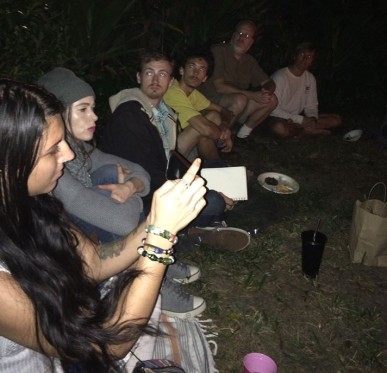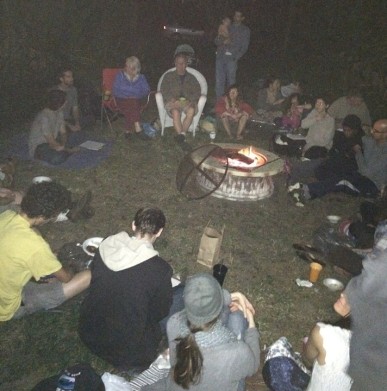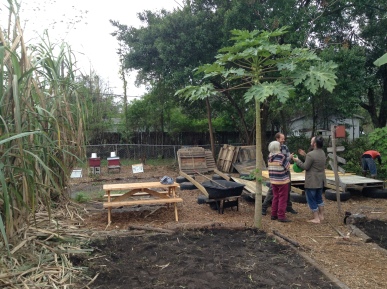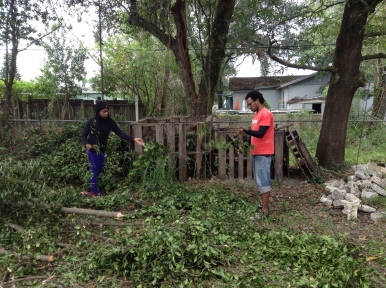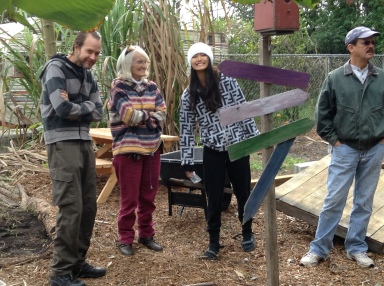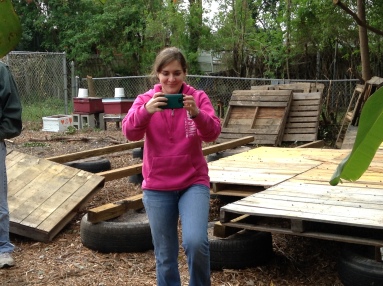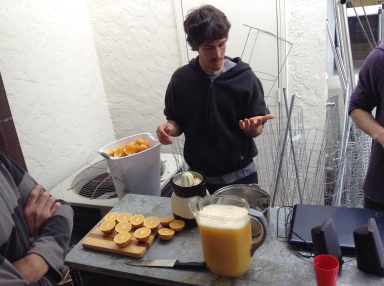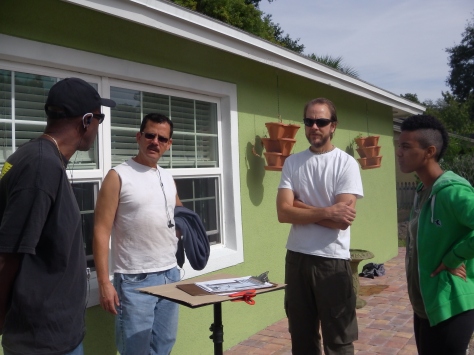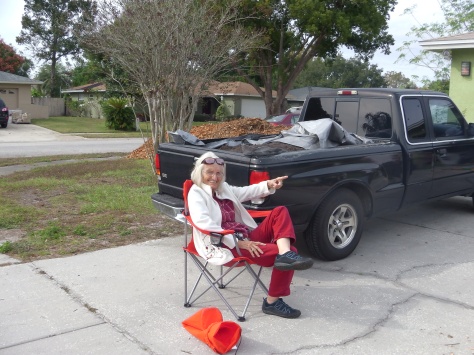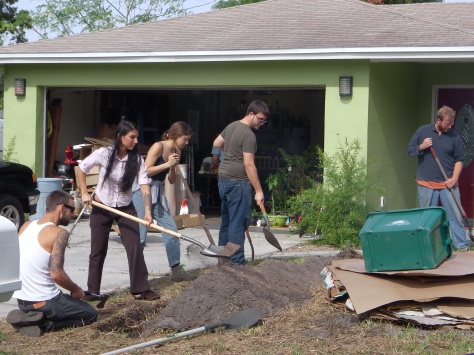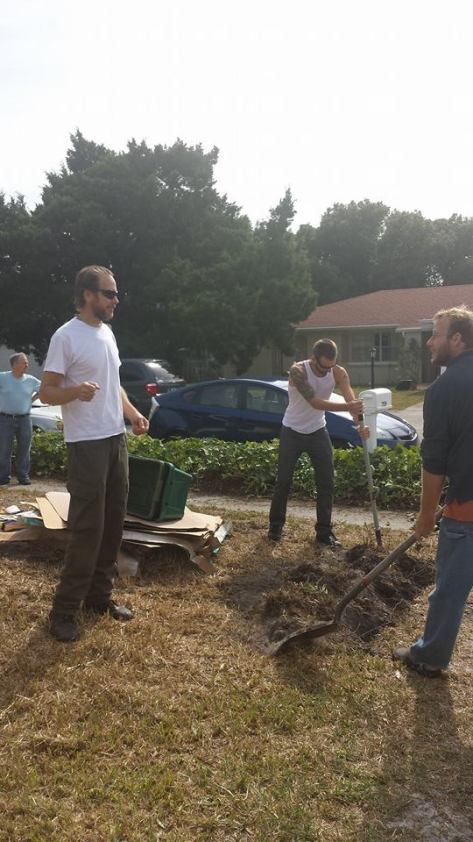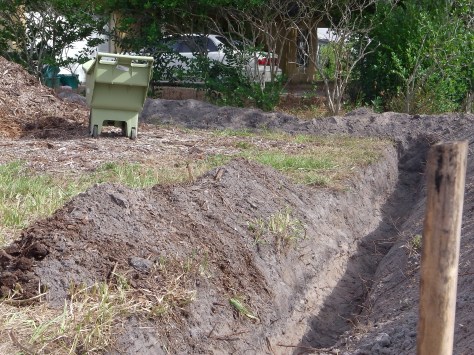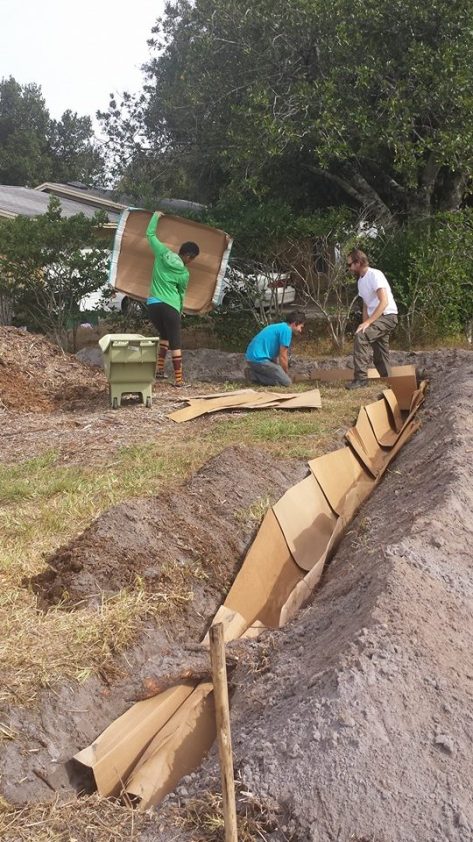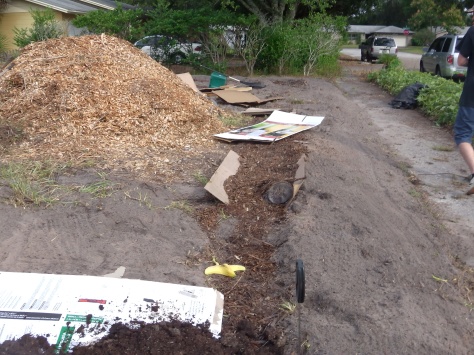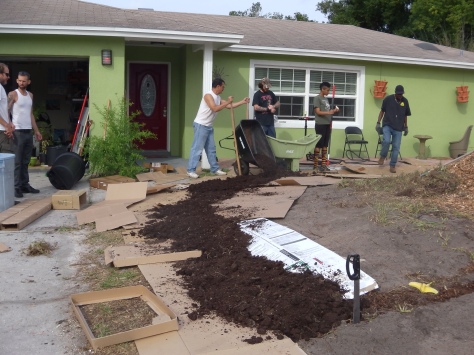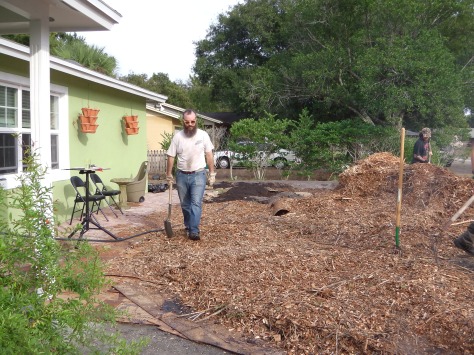Protests such as these will not directly stop the installation of destructive infrastructure such as the Dakota Access pipeline, though the courageous and honorable actions of these protesting tribes is the most valuable statement I could imagine. Our destructive practices have hundreds of years of inertia spawning from a culture of unrestrained consumption and unapologetic destruction of any group in its way. The fangs and claws of this culture, through the will and guns of US founders, reached bloodily from it’s body in Great Britain, across an ocean, and into the flesh of this land and it’s native people.
This first injustice was a grand one, and in the unconscious of the nation will continue to live on as a blind hubris in our actions. This hubris displays itself as a haughty declaration of our right to ownership of anything within our reach.
The protest of the natives of this land is characterized by long suffering, deep loss an unbelievable strength of heart, and dedication to the land. They have continued, through broken treaty after broken treaty, fighting to preserve their multi-thousand year old cultures through lost battles, endless fights for redemptive policy, and protest.
The hundreds of tribes which existed on this land, before their slaughter, had highly developed and nuanced governing processes, conflict resolution abilities, land management practices, and developed crops. Some of this culture, despite US efforts, is still preserved within the existing members of native communities.
In November of 1969 an alliance known as Indians of All Tribes seized and occupied what is now known as Alcatraz Island for a period of 18 months. This alliance was initialized by Native American students and community members living on the West Coast. They built a thriving village on the island that drew Native American pilgrimages from around the nation.
With humor, but also sincerity, the alliance proclaimed that, “We, the Native Americans, reclaim the land known as Alcatraz island in the name of all American Indians by right of discovery. We wish to be fair and honorable in our dealings with the Caucasian inhabitants of this land and hereby offer the following treaty, ‘We will purchase said Alcatraz island for $24 in glass beads and red cloth, a precedent set by the white man’s purchase of a similar island about 300 years ago. We will give to the inhabitants of this island a portion of the land for their own, to be held in trust by the American Indian’s government and the Bureau of Caucasian Affairs to hold in perpetuity for as long as the sun shall rise and the rivers go down to the sea. We will further guide the inhabitants in the proper way of living. We will offer them our religion, our education, and our life ways in order to help them achieve our level of civilization to raise them and all their white brothers up from their savage and unhappy state. Further, it would be fitting and symbolic that ships from all over the world, entering the golden gate, would first see Indian land and be reminded of the true history of this nation. This tiny Island would be a symbol of the great lands once ruled by the nobel Indians.”
Despite the undertone of satire, this group made actual demands for the use of this island. They called for five institutions to be established on the land: a center for Native American studies, an American Indian Spiritual Center, an Indian Center of Ecology (to do scientific research on the reversal of pollution of water and air), a great Indian training school, and a memorial as a reminder that the prison had been established initially to incarcerate and execute California Indian resisters to US assault on their nations.
All indigenous residents, by the Nixon administration, were forced to evacuate the island in June of 1971.
Their request was declined, but their vision was not.
Beginning in 1971, the Sioux Indians began occupying the Black Hills, the current location of Mount Rushmore. Their demand was the return of the Black Hills to the natives. After 10 years of protest and occupation , in 1980, the US Supreme Court ruled that the Black Hills had been taken illegally and that remuneration equal to the original offering price plus interest, nearly 106 six million dollars, be paid. The Sioux refused the reward and demanded the return of the Black Hills. The money remained in an interest bearing account, and by 2010 totalled over 750 million dollars.
The Sioux Nation is noted to be one of the most difficult places to live in the United States. Males, on average, live to just 48 years old, females to 52. Despite their suffering they will not be bought.
Thought has been put into what the de-colonization and repatriatization of the land to the Natives would look like. It would come as the natural progression of a genuine apology. It would start out by admitting that we were deeply wrong and be followed up by the heartfelt question of what we can do to make it right. We would then make ourselves of service to their requests to the best of our ability. To this end I would consider myself a patriot, until then I will likely be a critic of US culture, patriotism, and it’s persistent self-destruction.



